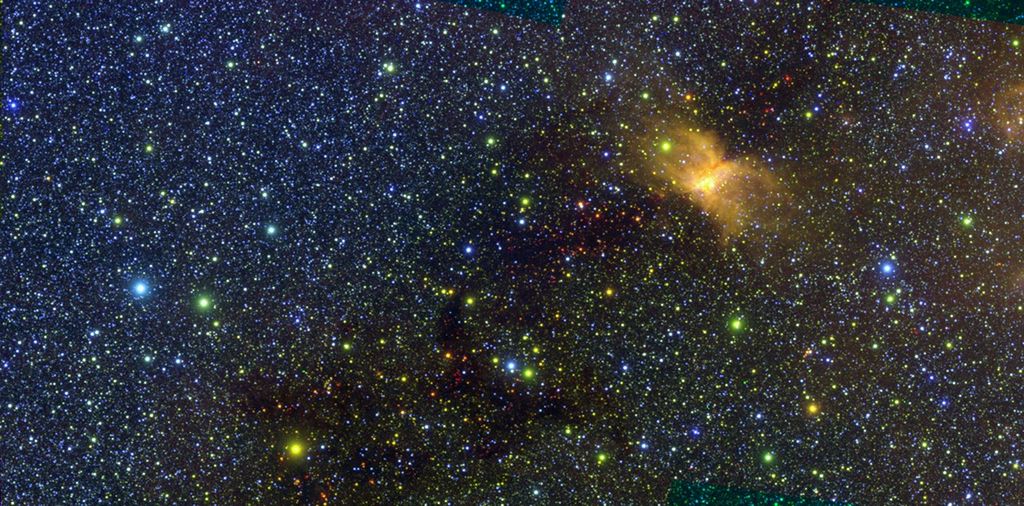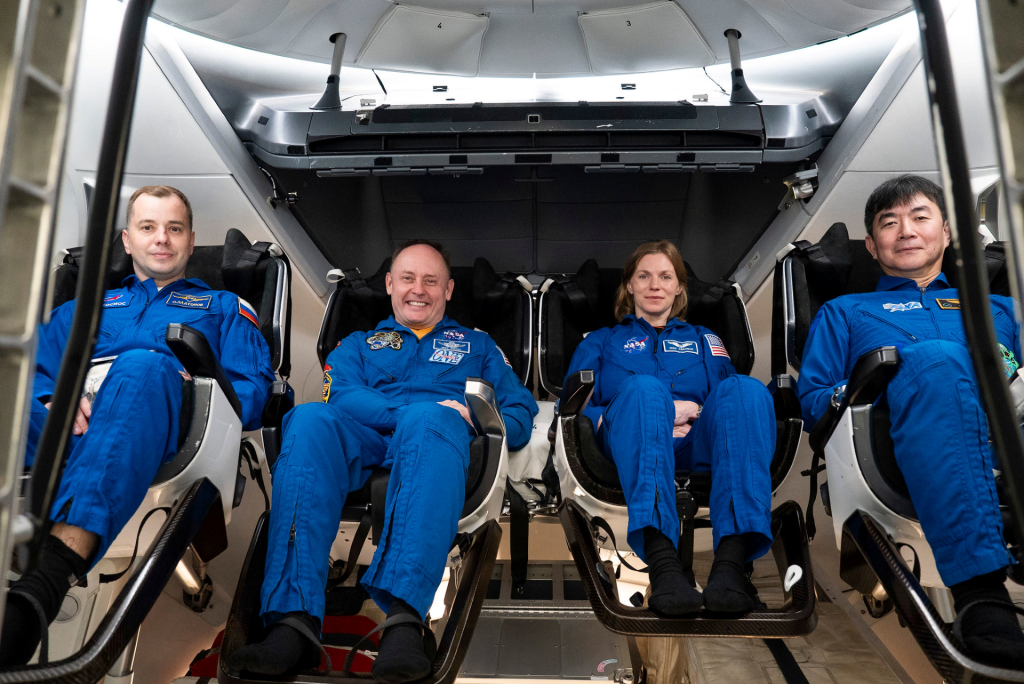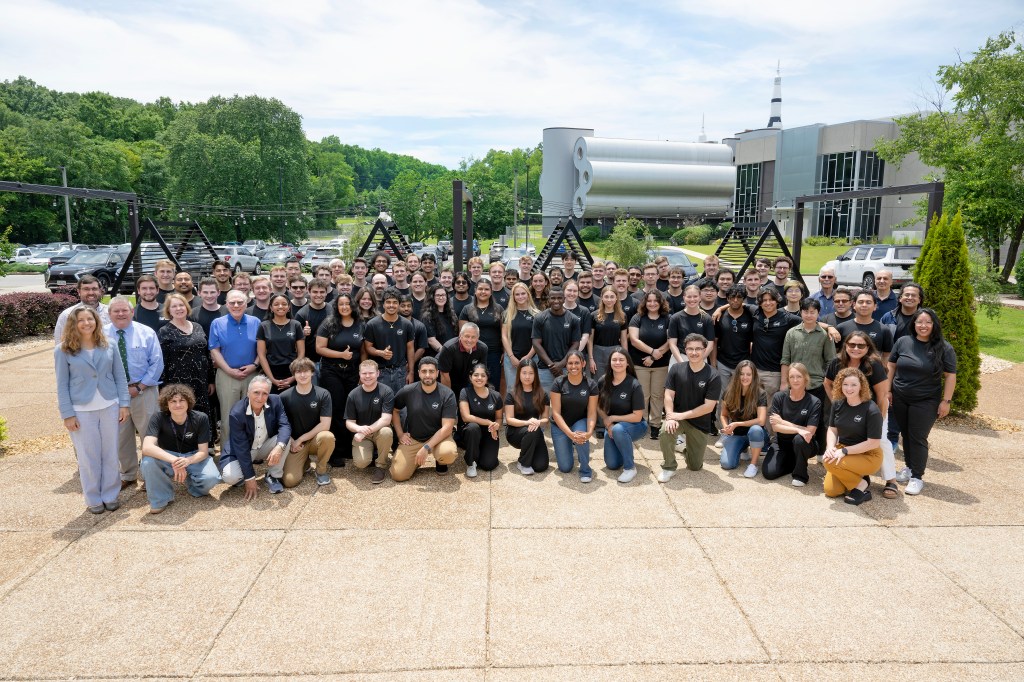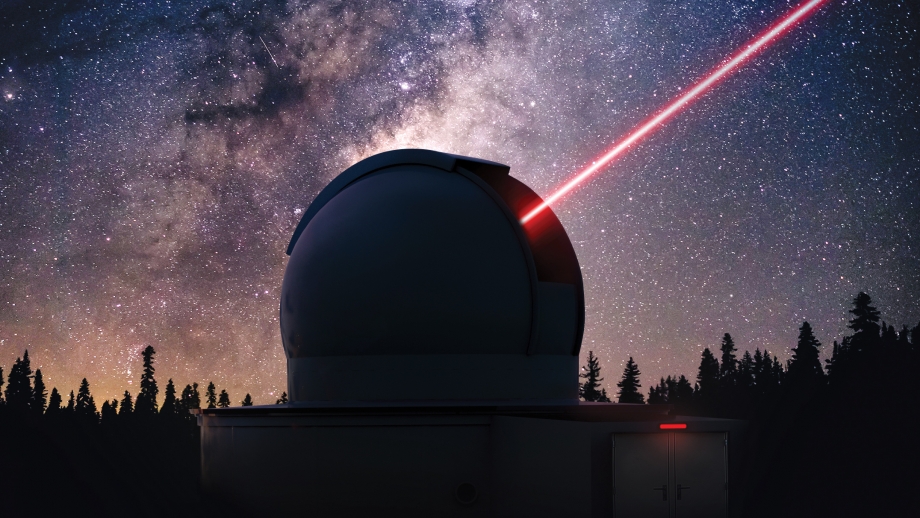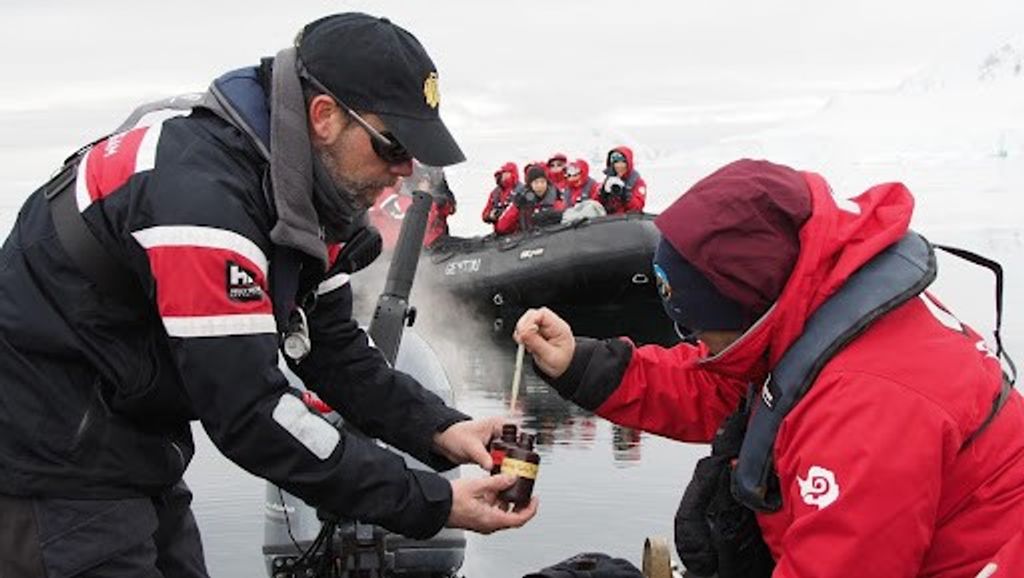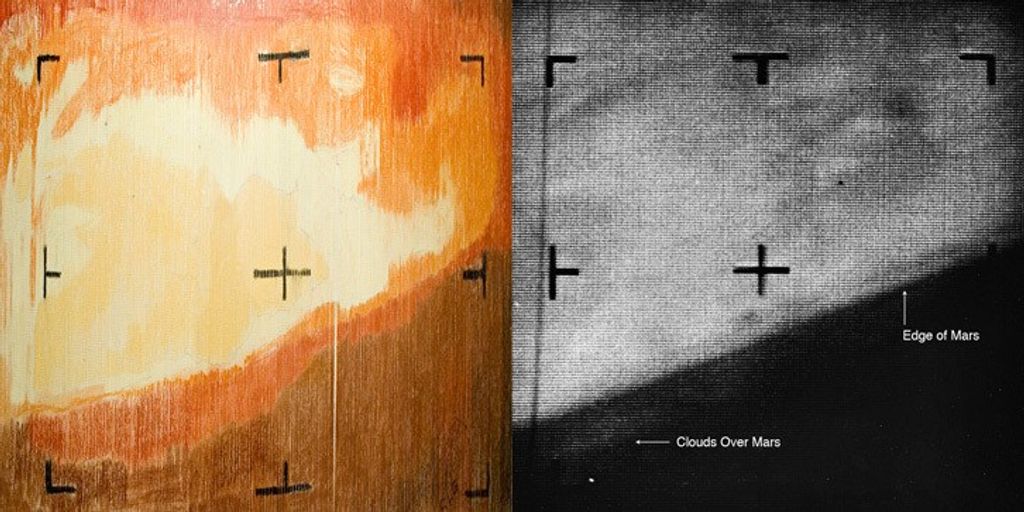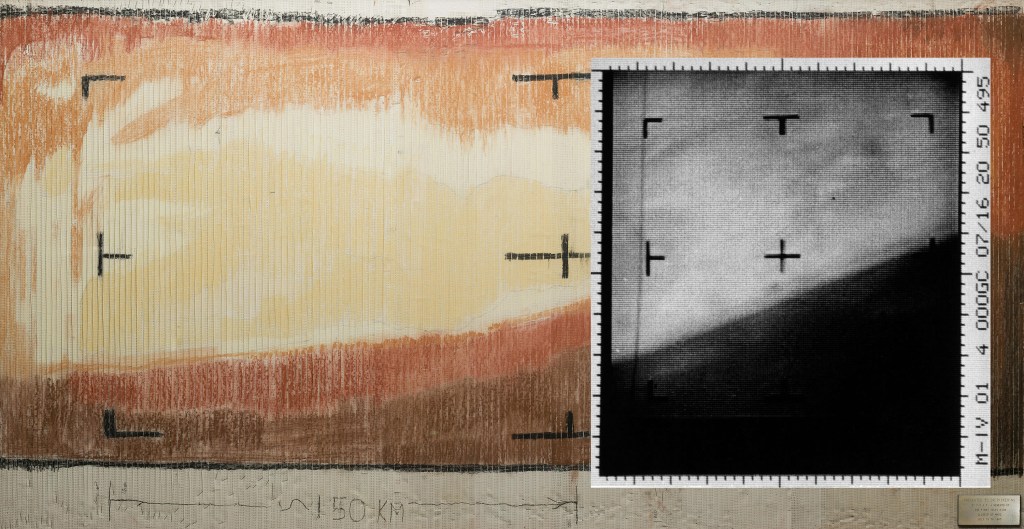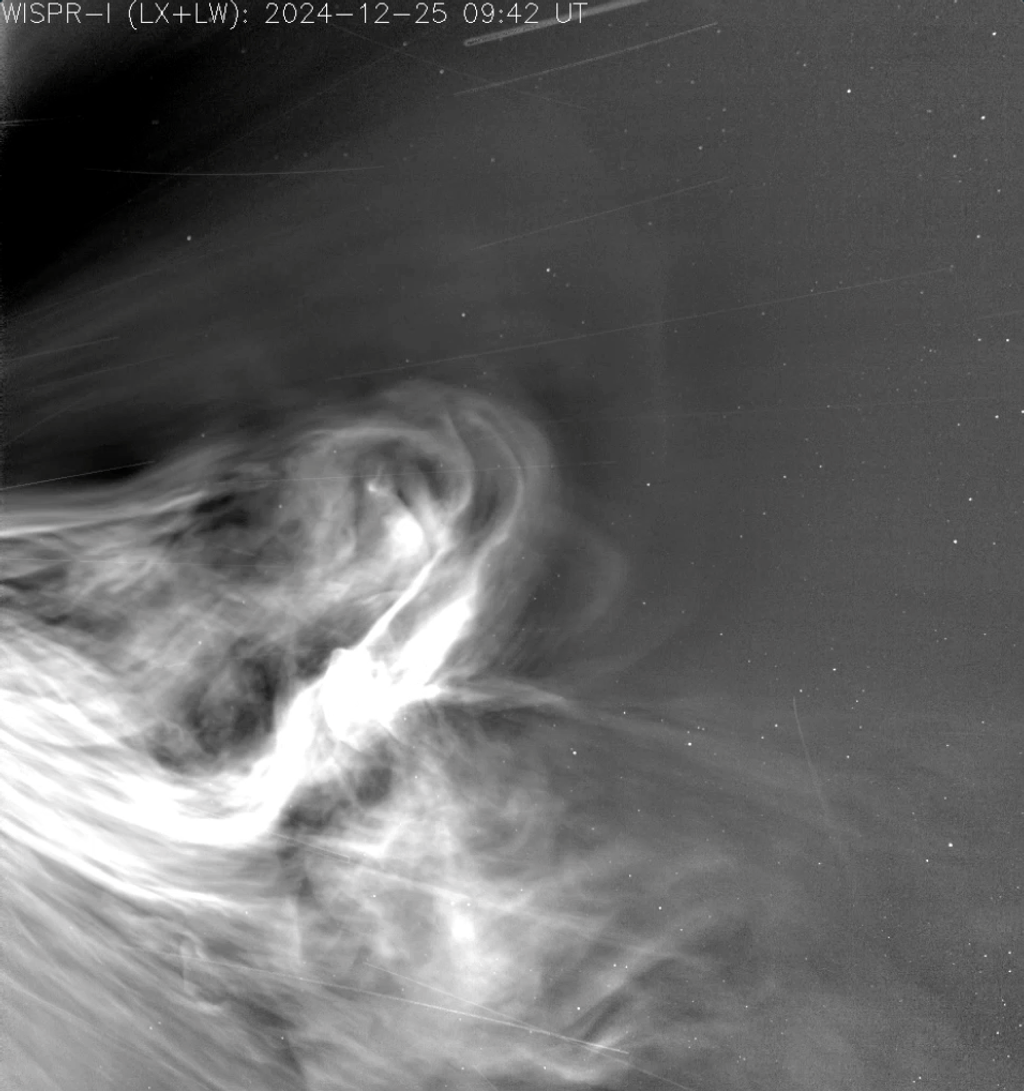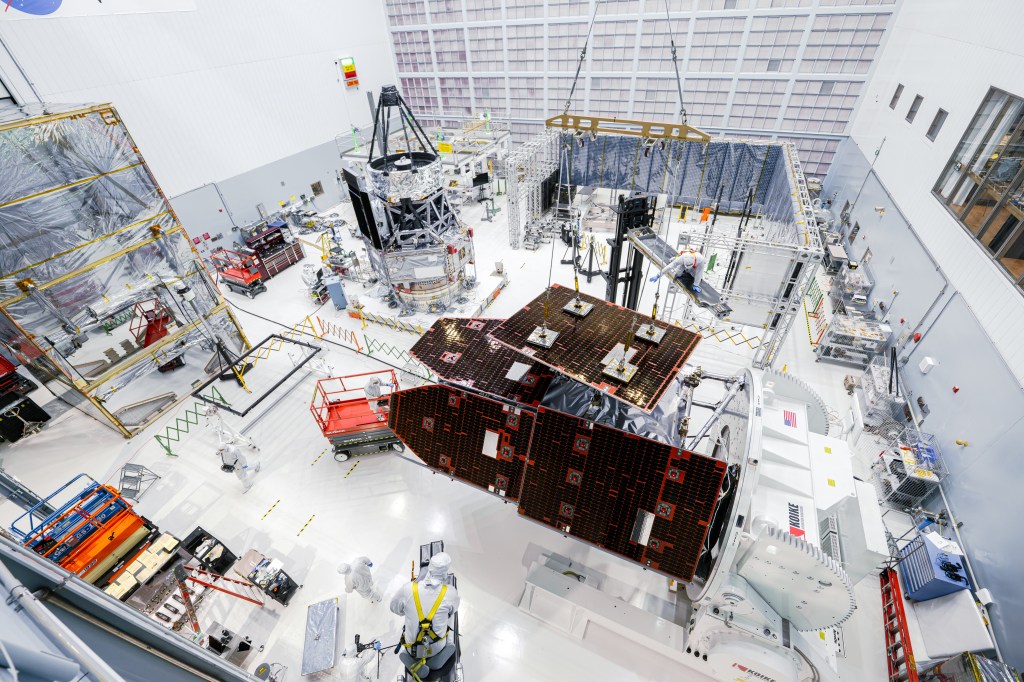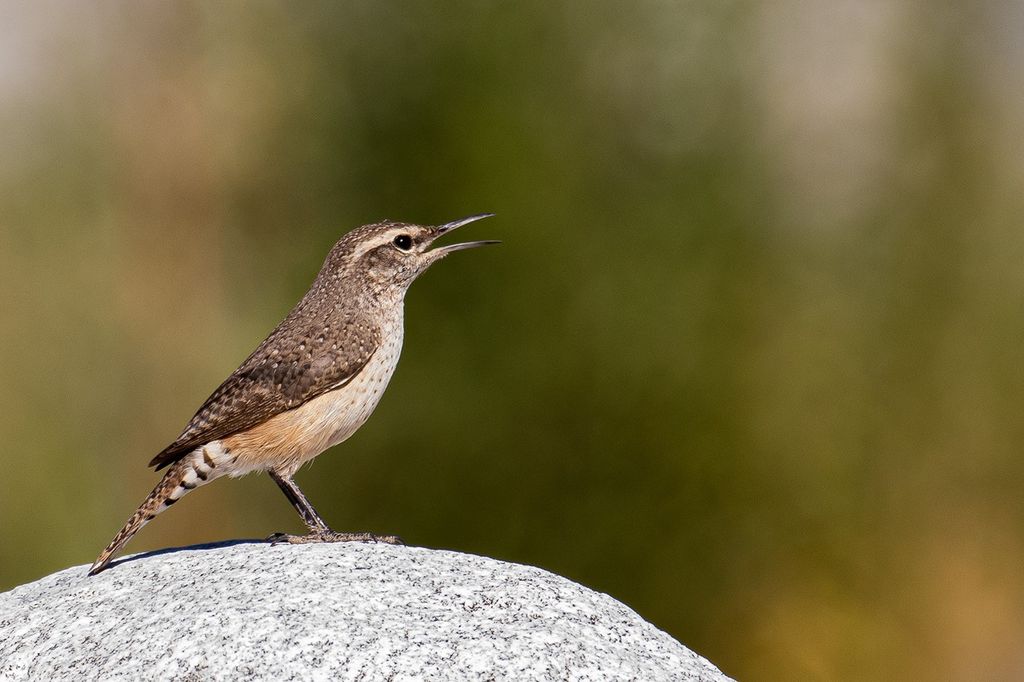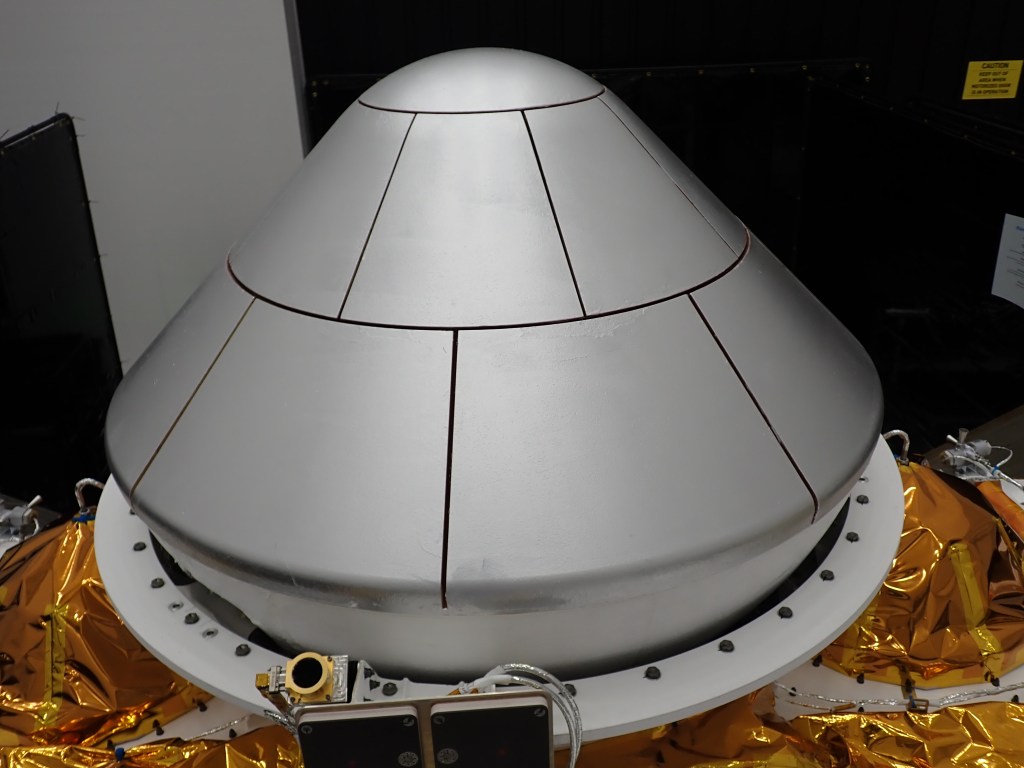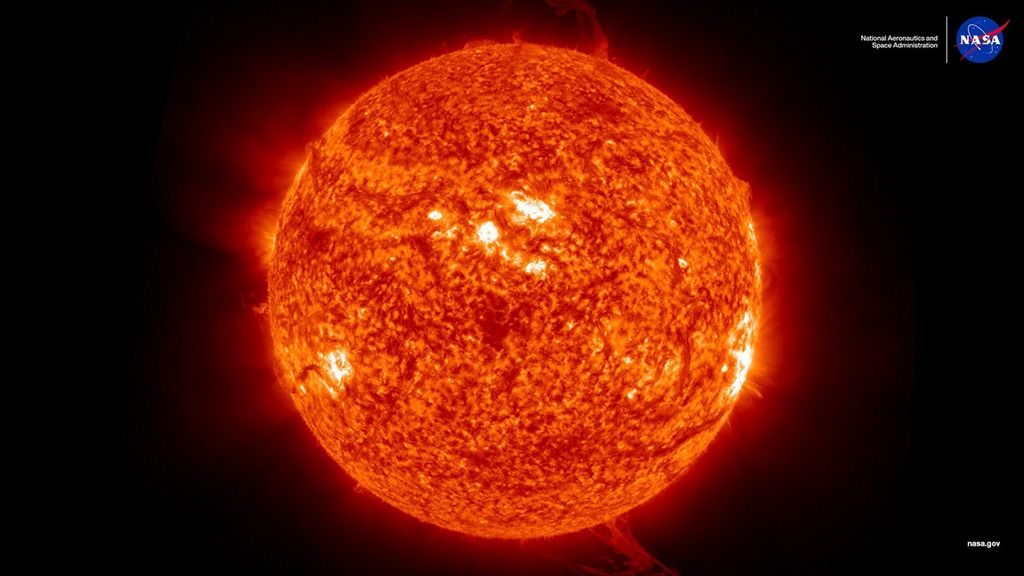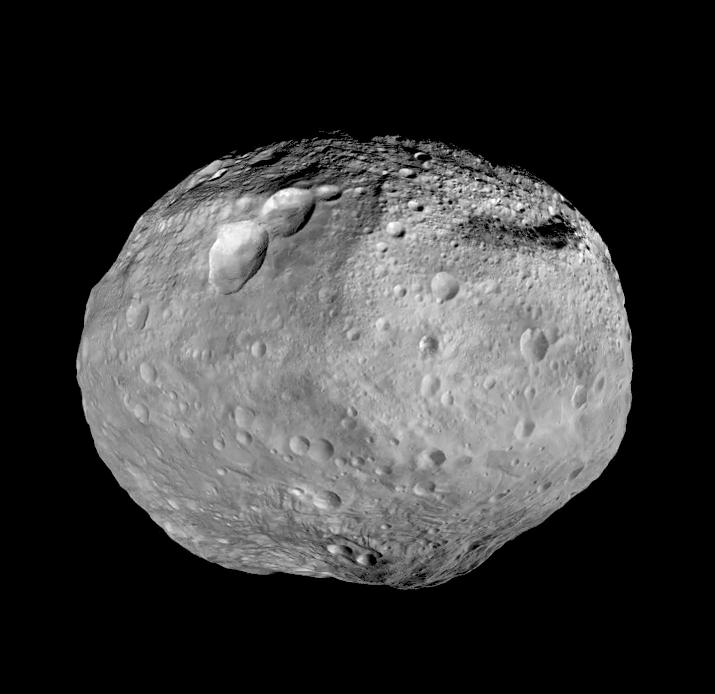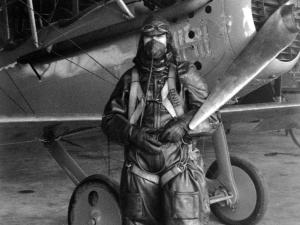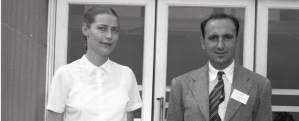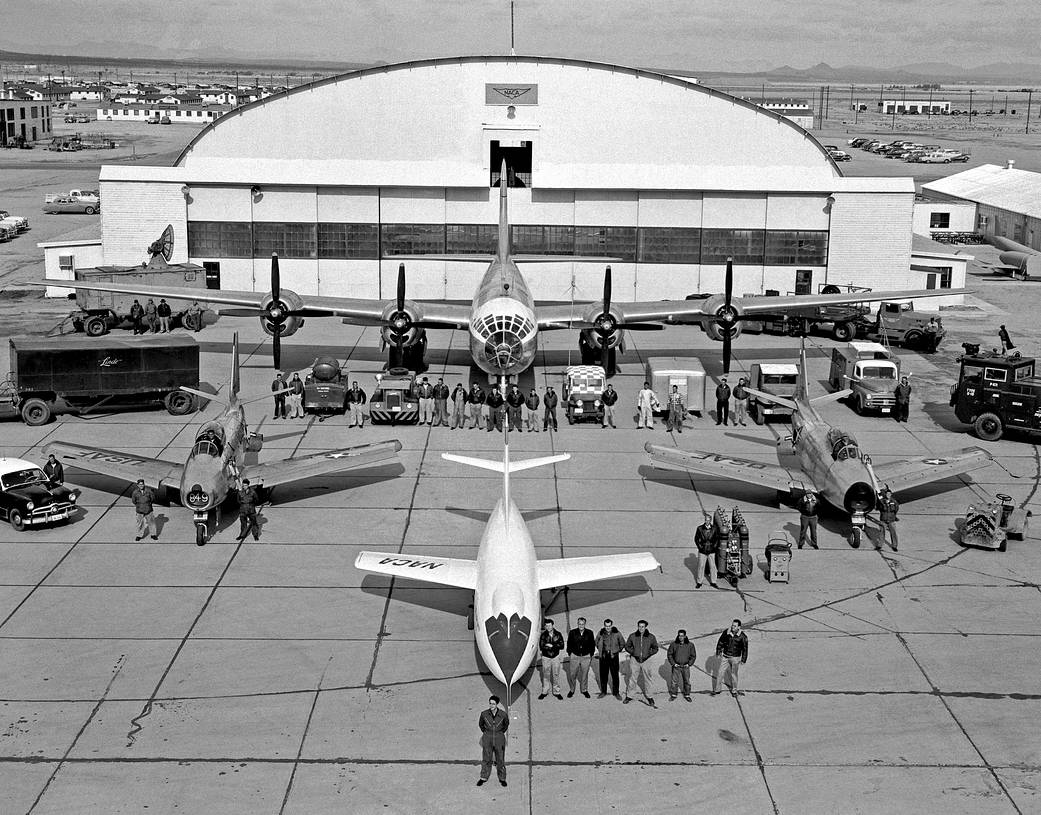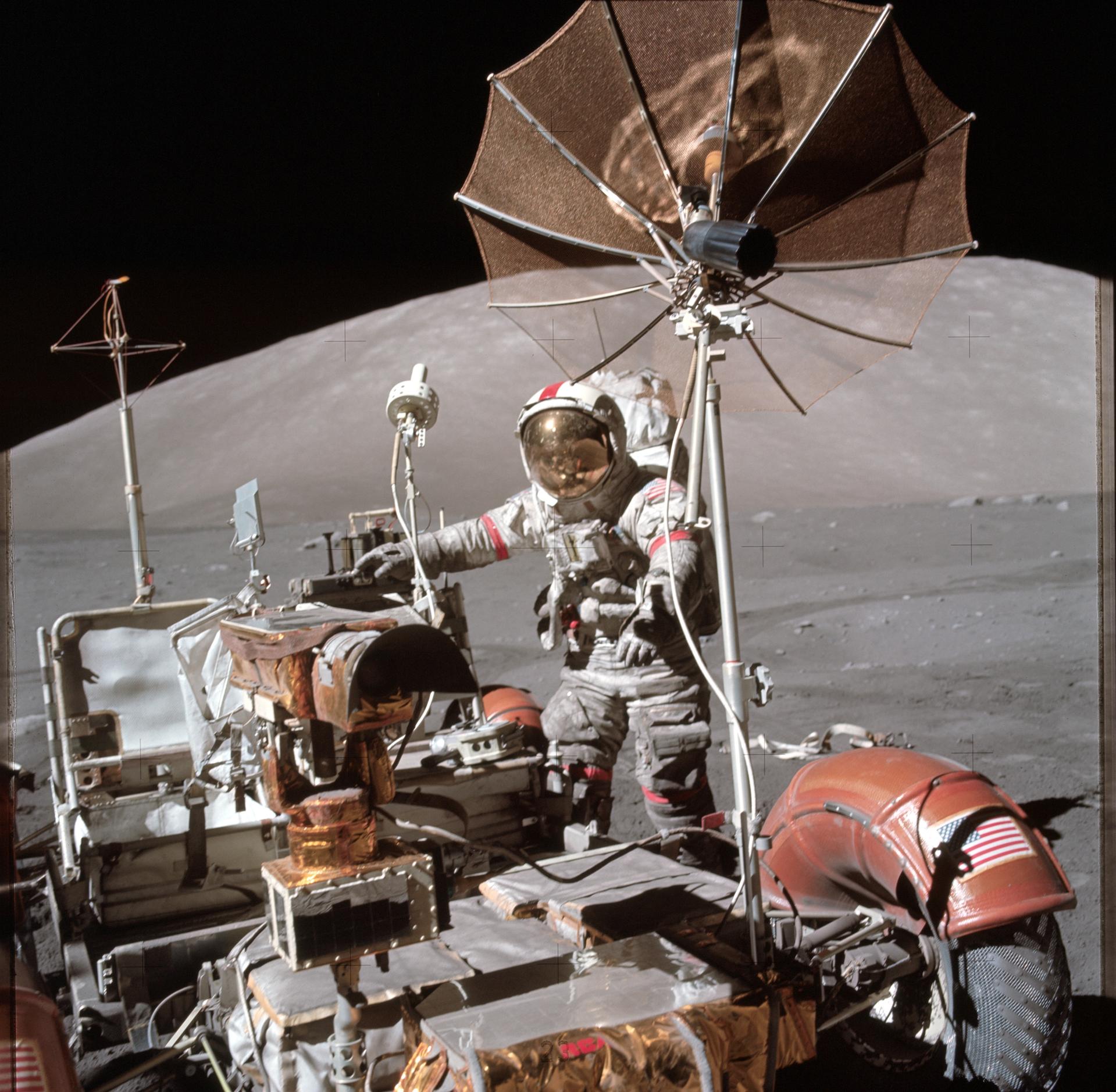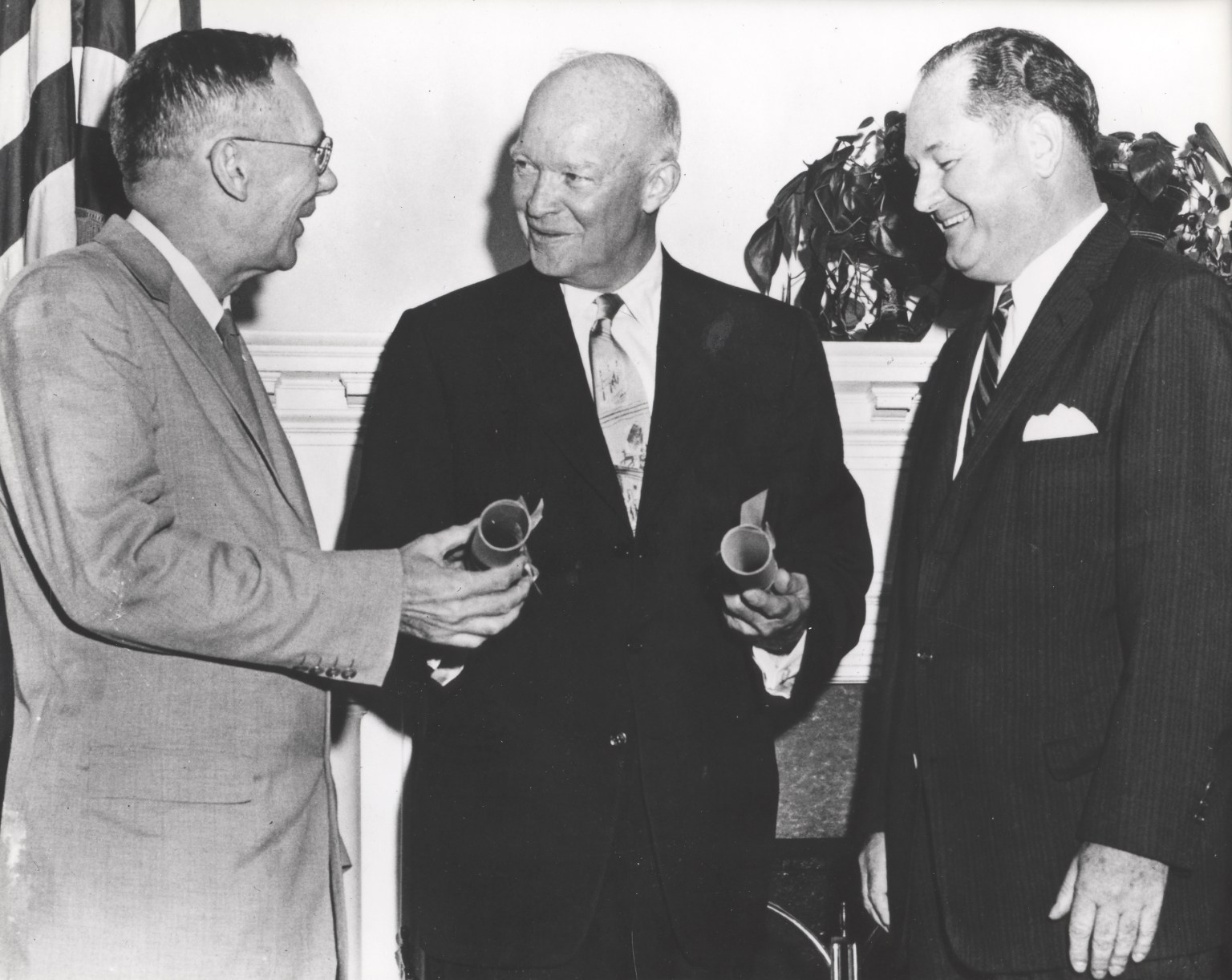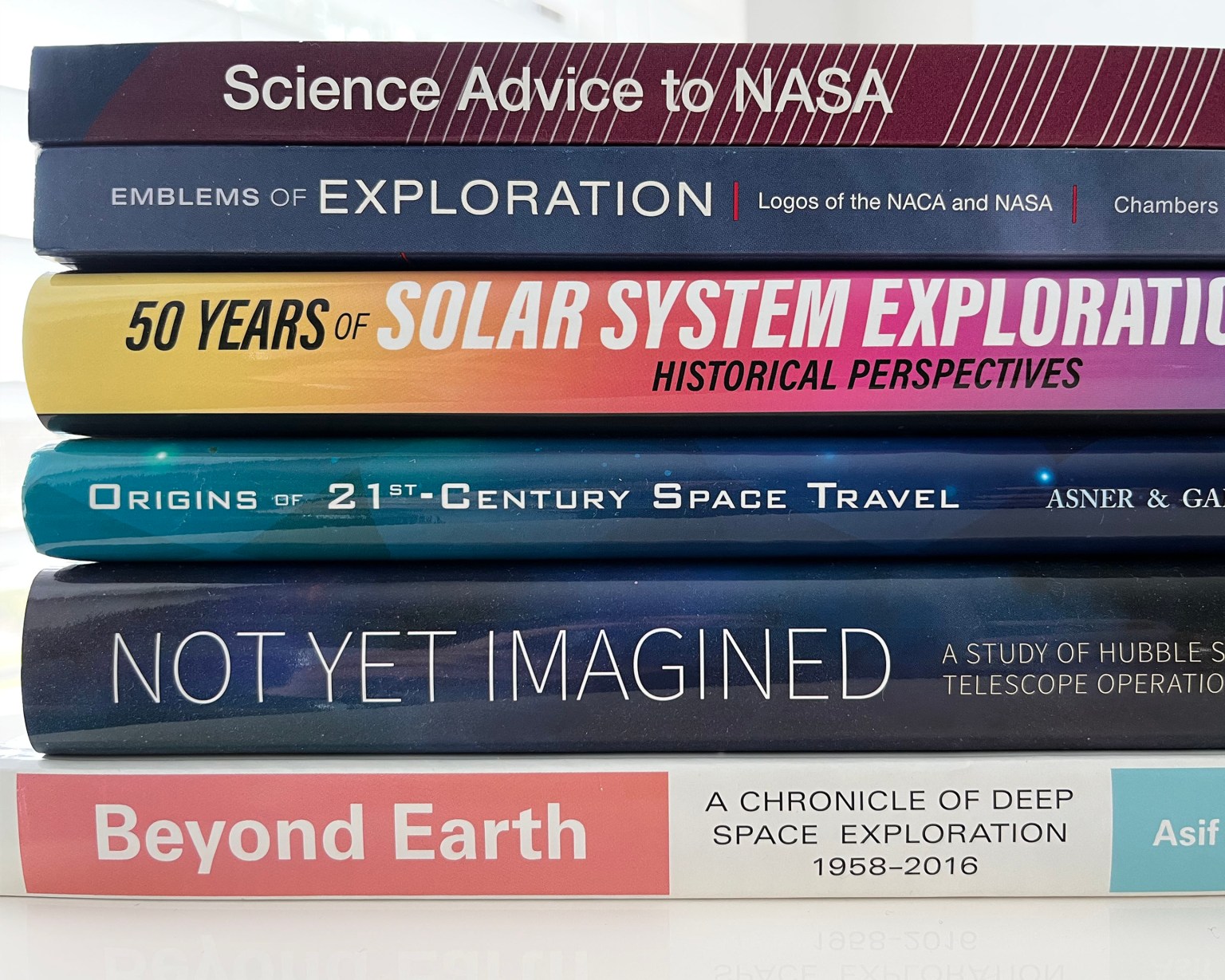Of the many adjectives that could adequately describe George W. Lewis, the first Executive Officer of the National Advisory Committee on Aeronautics (NACA), “thorough” is arguably the most appropriate. A manifestation of the word throughout his entire career, Lewis became the namesake of the Lewis Flight Propulsion Laboratory after his retirement from the NACA in 1948. His contributions to the organization continue to be honored as the John H. Glenn Research Center at Lewis Field.
Lewis was born in Ithaca, New York on March 10, 1882. With his inclination toward the technical sciences, he completed both his undergraduate and graduate studies in mechanical engineering at Cornell University. Shortly after receiving his master’s degree in 1910, he joined the faculty of Swarthmore College, and in 1917, became Engineer-In-Charge at Clarke-Thompson Research in Philadelphia. That summer, Lewis had his first interaction with the organization to which he would dedicate most of his adult life: the NACA. In a meeting with Chairman William F. Durand, Lewis made a research proposal on a type of two-cycle internal combustion engine. Not only was this proposal accepted, but the NACA hired Lewis to oversee its execution.
It was perhaps in making this first proposal that Lewis began to realize that certain components were essential to creating progress in aeronautical science: an adequate understanding of aerodynamics in flight and propulsion; knowledge of which materials should be used to construct aircraft; and how conditions of flight performance differ in experimental, laboratory conditions versus actual flight conditions.[1] Lewis promoted this philosophy within the NACA, and furthered his own knowledge through studying all types of craft, including seaplanes and flying boats.
In 1919, Lewis was appointed the NACA’s first executive officer, responsible for the day to day management of the staff and facilities of the organization under the general guidance of the Committee members. He also was appointed to take charge of the NACA’s first laboratory which was then under construction at Langley Field (now known as NASA’s Langley Research Center). He quickly became a respected leader in the field for facilitating the growth of both Langley and the NACA as a whole. Thanks in large part to his deft leadership skills and unflagging dedication, the NACA grew from a handful of employees at one small lab to an organization with 3 major research centers and 6,000 employees by the time he retired in 1947.
The early growth in his responsibilities contributed to the change in his title from Executive Officer to Director of Research in 1924. As time went on, the NACA spearheaded studies in a number of areas, leading to revolutionary and award winning advances like the NACA engine cowling, retractable landing gear, and new kinds of wind tunnels for more advanced flight research. This string of successes and the threat of war led to Congressional authorization to increase the scope of NACA operations. Lewis oversaw the selection of laboratory sites in Palo Alto, California, (now the Ames Research Center) and Cleveland, Ohio (now the Glenn Research Center at Lewis Field).
Lewis had a keen eye for talent and great skill at building relationships. He fostered the establishment of strong ties between the NACA and various educational institutions. Through these, not only did the NACA gain the skills of university faculty, but also those of bright, young students who were intrigued by aeronautics and would later join the organization as employees.
Having worked even more feverishly during World War II than before, the 65 year old Lewis developed a serious heart condition in 1947. Stepping down as Director of Research, Lewis became a research consultant to the NACA and handed the leadership of the organization over to Hugh L. Dryden. Lewis passed away a year later, but will be remembered as the one who led the NACA from obscurity into a powerhouse of aviation research.
[1] Durand, William F. Biographical Memoir of George William Lewis, 1882-1948. Presented to the Academy at the Annual Meeting, 1949.




